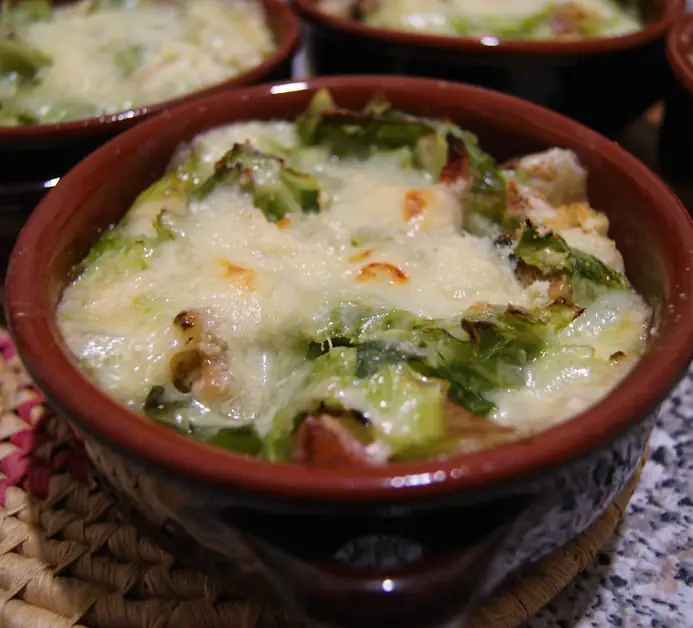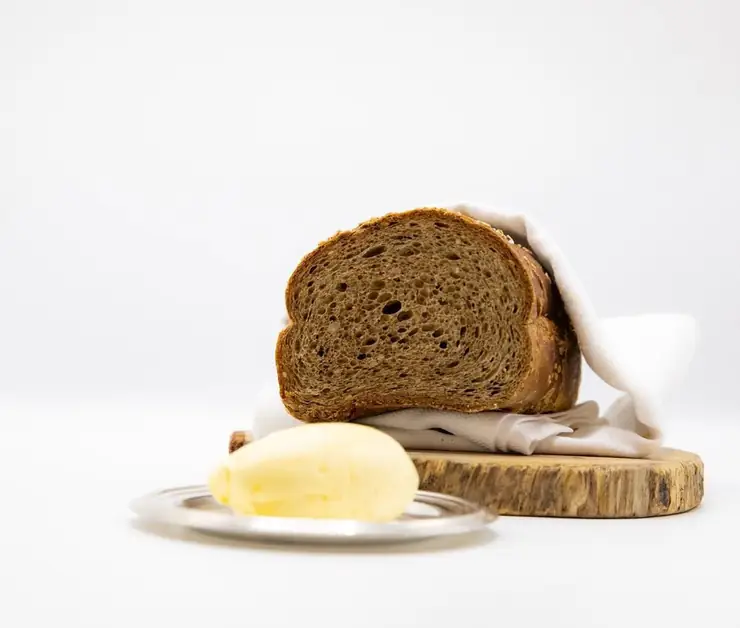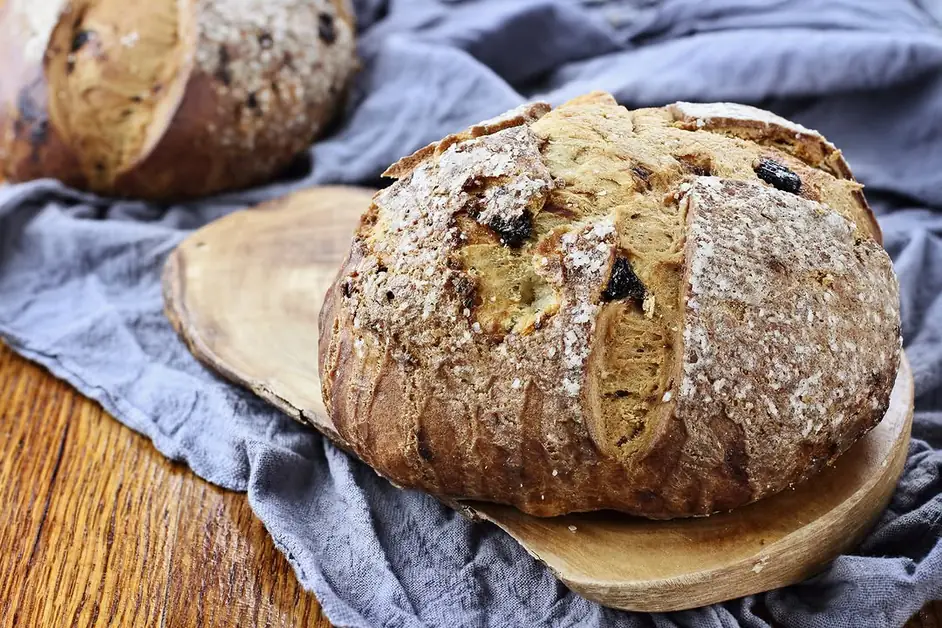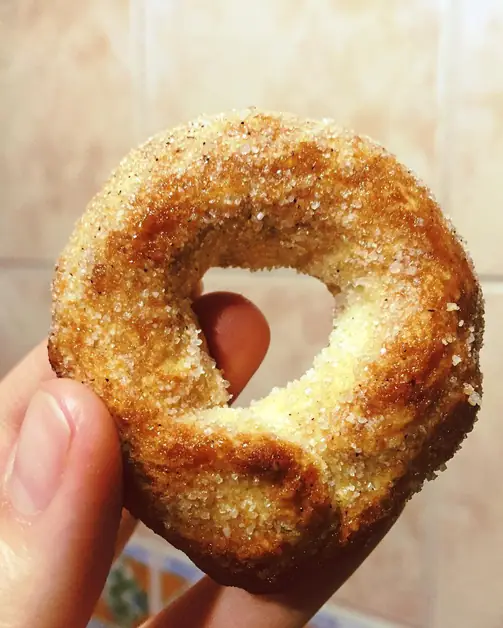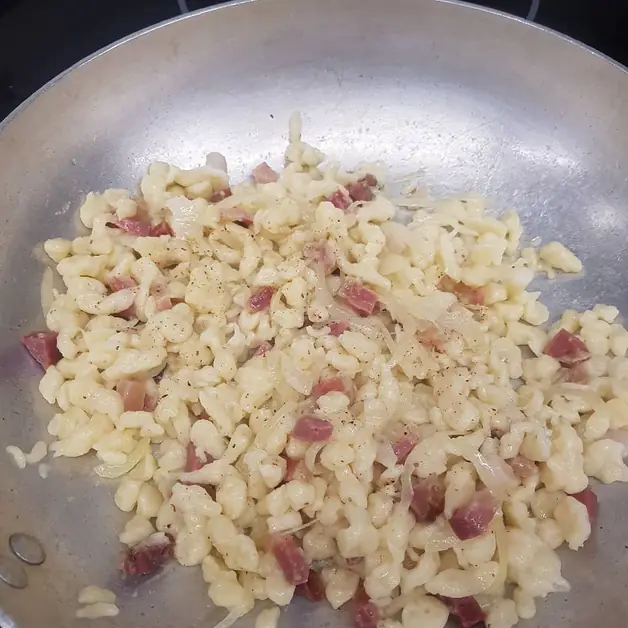Valdostane tiles a traditional irresistible dessert
Valdostane tiles are traditional Aosta Valley cookies, crunchy and fragrant, perfect to enjoy with Cogne cream.
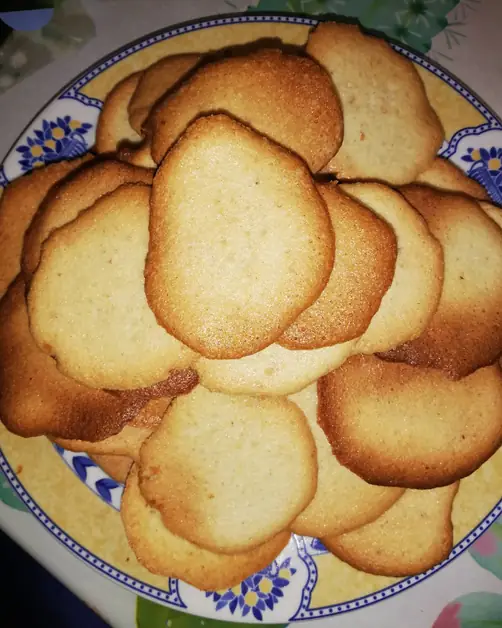
What are valdostane tiles?
Valdostane tiles are thin, crunchy, and irresistibly fragrant cookies made with almonds and hazelnuts. Originating from the Aosta Valley, these delights are a symbol of local traditional pastry and win everyone over with their simplicity and goodness. Their name comes from the curved shape that resembles the tiles of mountain houses, from which they draw inspiration.
Why are valdostane tiles so famous?
Anyone who has visited the Aosta Valley has surely tasted them. They can be found in all pastry shops, in typical product stores, and even in mountain huts. They are perfect to enjoy on their own or accompanied by a Cogne cream, a sweet cream made with egg yolks and chocolate typical of the region. This pairing is a true triumph of valdostani flavors.
What are the ingredients of valdostane tiles?
The traditional recipe for valdostane tiles is simple and genuine. For about 25 cookies you need: 100 g of almonds 100 g of hazelnuts 200 g of sugar 50 g of melted butter 60 g of all-purpose flour 3 egg whites Some also add a packet of vanillin or lemon zest to flavor the dough, but the classic version remains that with only nuts and sugar.
Why are they called tiles?
The tiles get their name from the shape they take on after baking: slightly curved, like the tiles of valdostani roofs. This effect is achieved by letting the freshly baked cookies cool on a rolling pin or a bottle, so they take on the typical curvature.
How to prepare valdostane tiles step by step?
The preparation is simple but requires precision: 1. Blend together almonds, hazelnuts, and sugar until you get a fine and homogeneous powder. 2. Add the melted butter and flour, then blend again to mix everything well. 3. In another bowl, whip the egg whites until you get a firm but not too stiff consistency. 4. Gently fold the egg whites into the nut mixture with delicate movements from the bottom up, so as not to deflate them. 5. The result should be a fluid dough that falls in a ribbon from the spoon. 6. Line a baking tray with parchment paper and pour half a tablespoon of dough for each cookie. With the back of the spoon, slightly spread the mixture until you get a very thin, almost transparent circle. It is important to leave space between each cookie because they spread during baking. 7. Bake in a static oven at 180°C for about 10-11 minutes, until the edges turn golden. 8. Remove from the oven and, if you want to achieve the typical curvature, immediately place the still warm tiles on a rolling pin.
What is the secret to getting perfect tiles?
The trick is all in the thickness of the dough: it must be thin, almost transparent. If the tiles are too thick, they will lose their crunchiness. Also, it is important not to bake them too long: just a few minutes are enough to achieve the ideal golden color. If they brown too much, they become bitter.
Can I customize the recipe for valdostane tiles?
Yes! Although it is a traditional recipe, you can create delicious variations: With dark chocolate: once baked and cooled, dip half the cookie in melted chocolate and let it solidify. With hazelnut granules: sprinkle some granules on the dough before baking. With spices: add a pinch of cinnamon or vanilla for a more intense aroma.
What do valdostane tiles pair with?
The tiles pair perfectly with: Hot coffee or tea Sweet dessert wines, such as Moscato or Vallée d’Aoste Chambave Muscat Cogne cream, the chocolate and cream typical of the Aosta Valley Ice cream or whipped cream, for a summer version.
What is Cogne cream?
Cogne cream is a valdostani specialty made with egg yolks, cream, sugar, and dark chocolate. It has a velvety consistency and an intense flavor. It is perfect for accompanying the tiles and represents a delicious way to recycle leftover yolks, since the tile recipe uses only egg whites.
Why are tiles considered a recovery dessert?
Tiles were born as a recovery recipe: in the past, valdostani families made them when they had leftover egg whites, perhaps after making creams or other desserts based on yolks. In this way, nothing was wasted. Even today, they are a perfect solution for using leftover egg whites in a delicious way.
What is the history of valdostane tiles?
The tiles were invented in the 1950s by a family of pastry chefs from Aosta, the Maison Boch, who were inspired by the French cookies tuiles aux amandes. In a short time, the recipe spread throughout the region, becoming a symbol of valdostani sweetness. Today, the tiles are sold in elegant packages and represent one of the most beloved gastronomic souvenirs by tourists.
How to store valdostane tiles?
The tiles should be stored in an airtight tin or glass jar, away from moisture. They stay crunchy for about two weeks. If they lose their crunchiness, just reheat them for a few minutes in the oven at 150°C to make them fragrant again.
Are there industrial versions of valdostane tiles?
Yes, today many valdostani companies produce packaged tiles, even in chocolate or honey versions. However, the best ones remain homemade, which release an unmistakable aroma of toasted nuts and butter.
Are valdostane tiles suitable for tourists?
Absolutely yes! They are perfect to take home as a gastronomic souvenir from the Aosta Valley or to give as a gift. Light, crunchy, and refined, they represent a sweet taste of the Alps. Tourists love them because they are simple yet elegant, easy to store, and ideal to enjoy at any time of the day.
What is the symbolic value of tiles in valdostani culture?
The tiles embody the spirit of mountain pastry: simplicity, tradition, and intelligent use of ingredients. They are a dessert that unites the taste of almonds and hazelnuts, common products in the nearby Piedmont valleys, with the artisanal creativity of the Aosta Valley. Each cookie tells a story of family, work, and shared sweetness.
